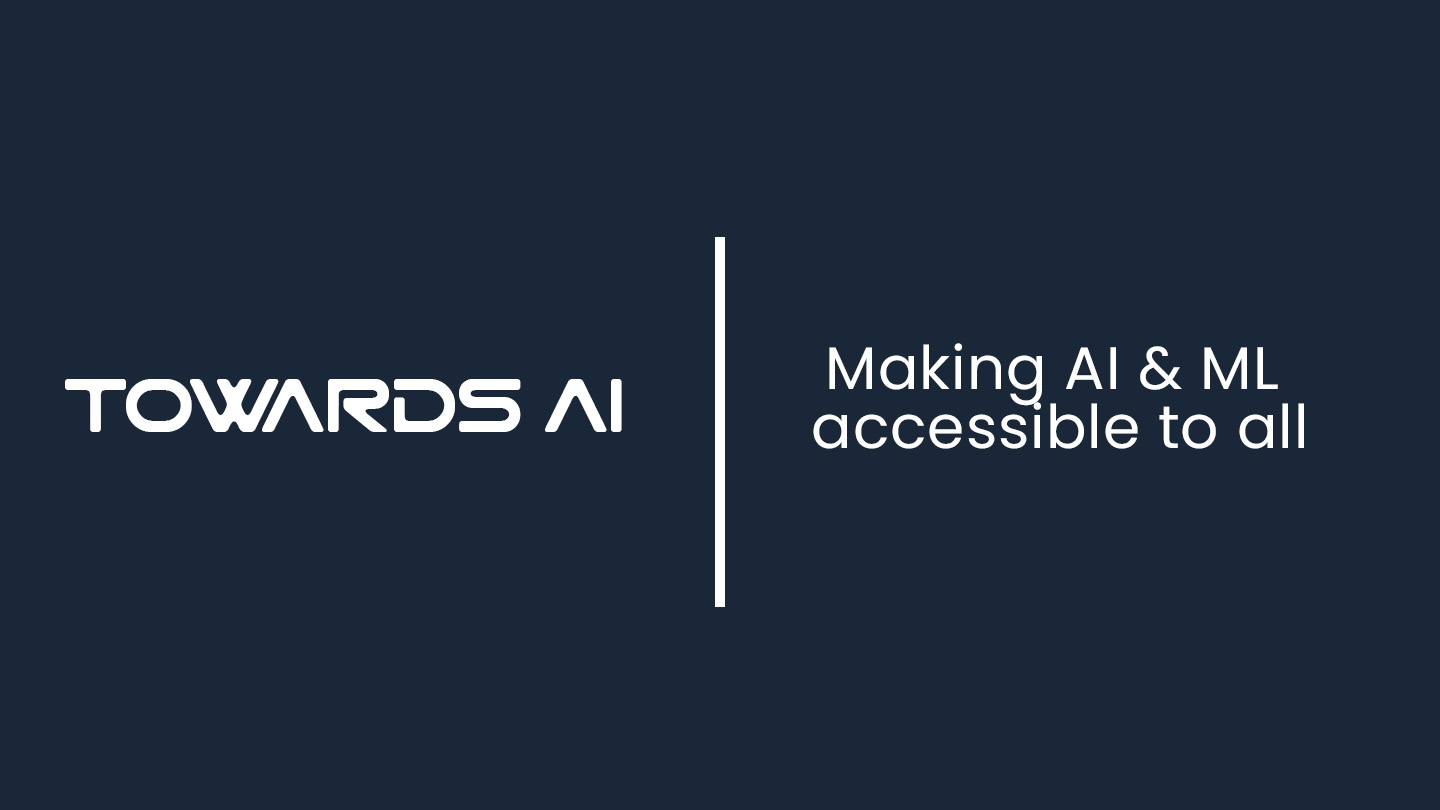
How to Explain Black-Box Deep Learning Models in Computer Vision and NLP
Author(s): Chien Vu
Originally published on Towards AI.
Explaining a black box Deep learning model is an essential but difficult task for engineers in an AI project. Let’s explore how to use the OmniXAI package in Python to examine and understand how an AI model makes decisions.
This member-only story is on us. Upgrade to access all of Medium.
When the first computer, Alan Turing’s machine, appeared in the 1940s, humans started to struggle in explaining how it encrypts and decrypts messages. Since then, explainability has become an essential part of the development process, especially in machine learning field.
Explainability leverages user interfaces, charts, business intelligence tools, some explanation metrics, and other methodologies to discover how the algorithms reach their conclusions.
As Machine Learning (ML) and Deep Learning (DL) have rapidly grown, various complicated and state-of-the-art algorithms in many fields, such as healthcare, education, or finance, have been developed and implemented in the real world. Hence, explainability became even more important given the bigger impact of these models on humans and society.
However, the term “Black box” can be seen frequently in Deep learning as the “Black-box” models are the ones that are difficult to interpret. There 3 main reasons why these models are labeled as “black boxes”:
A machine learning task often uses a single performance metric to optimize the learning process, and this metric might not be able to describe the real-world issue fully. Therefore, understanding the “why” behind a model’s decisions is essential for the development of… Read the full blog for free on Medium.
Join thousands of data leaders on the AI newsletter. Join over 80,000 subscribers and keep up to date with the latest developments in AI. From research to projects and ideas. If you are building an AI startup, an AI-related product, or a service, we invite you to consider becoming a sponsor.
Published via Towards AI















